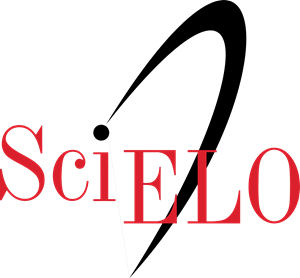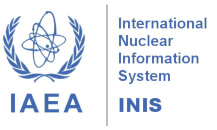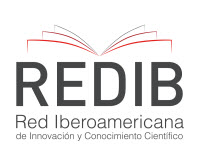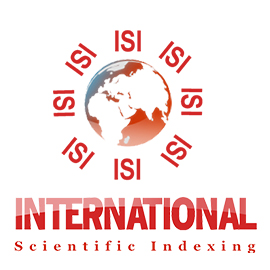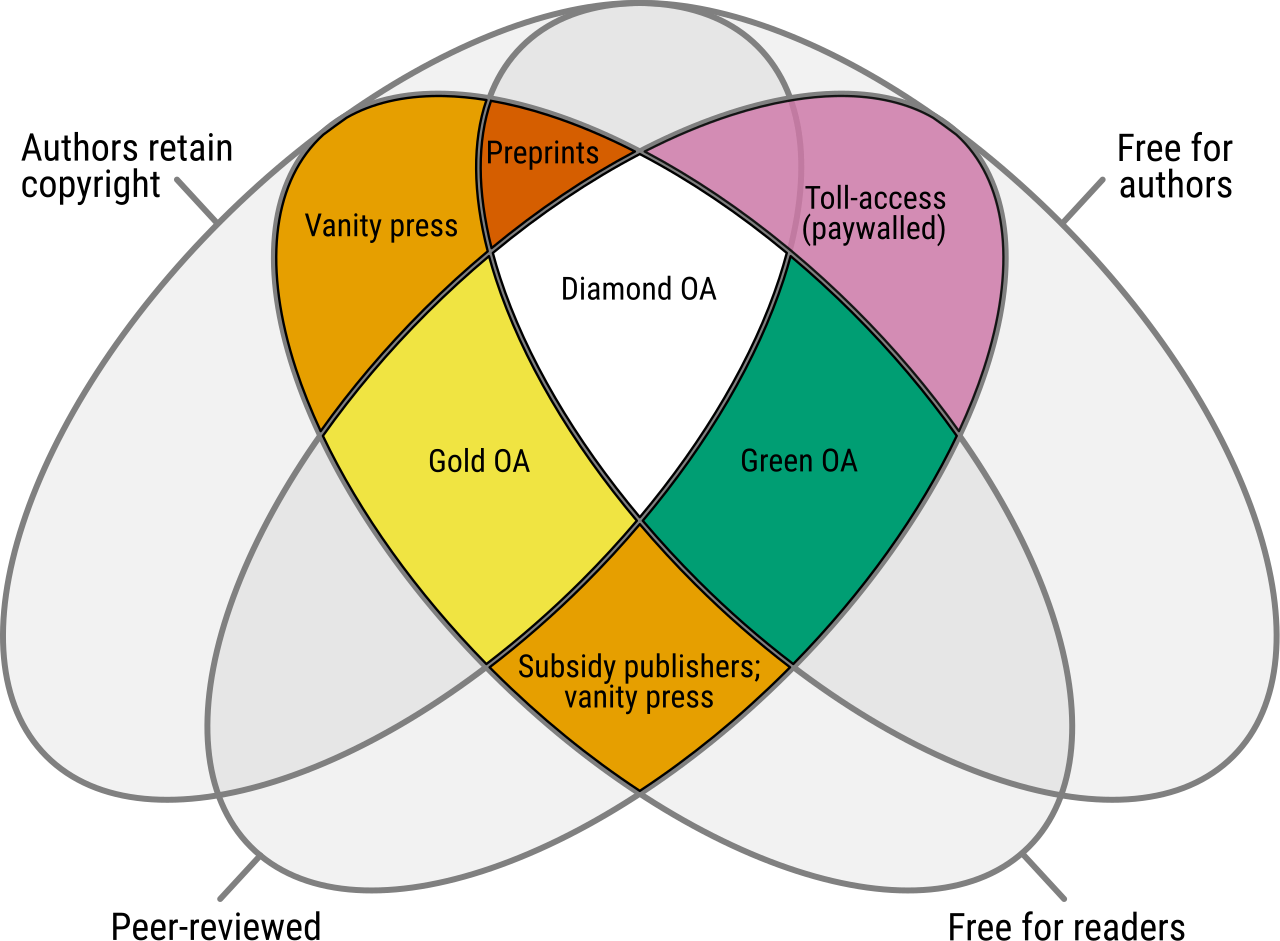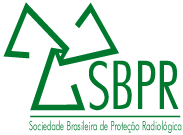Comparison of 18F-FDG and 68-PSMA-11 in PET for prostate cancer diagnosis
DOI:
https://doi.org/10.15392/2319-0612.2022.2007Palavras-chave:
prostate cancer, diagnosis, Positron Emission Tomography ,18F-FDG, 68Ga-PSMA-11.Resumo
O câncer de próstata é a segunda neoplasia mais incidente nos homens, excepto no câncer de pele não melanoma, e tem a segunda maior taxa de mortalidade no Brasil. O diagnóstico precoce aumenta as probabilidades de cura e permite um tratamento menos agressivo para o doente. A Medicina Nuclear apresenta alternativas eficazes para o diagnóstico do câncer da próstata, tais como a Tomografia por Emissão de Positrões (PET) ou a PET e Tomografia Computadorizada (PET/CT). O objectivo deste estudo é comparar as vantagens e desvantagens dos radiofármacos 18F-FDG e 68Ga-PSMA-11 utilizados para PET ou PET/CT no diagnóstico deste tipo de câncer. Em comparação com o 18F-FDG, o 68Ga-PSMA-11 tem algumas vantagens como a sua disponibilidade através de geradores, a produção independente de uma instalação de ciclotron e o seu potencial teranostático. As desvantagens em comparação com 18F-FDG são a escalabilidade da produção de 18F-FDG em comparação com a produção limitada de geradores. Apesar das suas características favoráveis, o radiofármaco 18F-FDG tem limitações no diagnóstico de alguns tipos de tumores, tais como o câncer da próstata. Todos os aspectos favoráveis e desfavoráveis destes dois radiofármacos são apresentados neste trabalho.
Downloads
Referências
CAO, Wei et al. Changing profiles of cancer burden worldwide and in China: a secondary analysis of the global cancer statistics 2020. Chinese Medical Journal, v. 134, n. 7, p. 783, 2021. DOI: https://doi.org/10.1097/CM9.0000000000001474
SARACCI, R.; WILD, C. P. International Agency for Research on Cancer - The First 50. Lyon: IARC, 2015. Available at:<http://www.iarc.fr/en/publications/books/iarc50/IARC_50%20years.p
df >. Last accessed: 16 jul. 2021.
SUNG, Hyuna et al. Global cancer statistics 2020: GLOBOCAN estimates of incidence and mortality worldwide for 36 cancers in 185 countries. CA: a cancer journal for clinicians, v.71, n. 3, p. 209-249, 2021. DOI: https://doi.org/10.3322/caac.21660
SIEGEL, REBECCA L. et al. Cancer Statistics, 2021. CA: a Cancer Journal for Clinicians, v. 71, n. 1, p. 7-33, 2021. DOI: https://doi.org/10.3322/caac.21654
INSTITUTO NACIONAL DE CÂNCER, 2020. Estimativa 2020. Available at <https://www.inca.gov.br/estimativa/introducao>. Last accessed: 25 mar. 2021.
MINISTÉRIO DA SAÚDE. Secretaria de atenção à saúde. Departamento de ações programáticas estratégicas. Área técnica de saúde do homem. Política nacional de atenção integral à saúde do homem: princípios e diretrizes. Brasília: Ministério da Saúde, 92 p; 2009.
PESQUISA DO INSTITUTO ONCOGUIA. Conhecendo a realidade dos pacientes com câncer de próstata, 2015.
KESCH C, KRATOCHWIL C, MIER W, KOPKA K, GIESEL FL. 68Ga or 18F for prostate cancer imaging? Journal of Nuclear Medicine, v. 58, n. 5, p. 687-688, 2017. DOI: https://doi.org/10.2967/jnumed.117.190157
ALMUHAIDEB, Ahmad; PAPATHANASIOU, Nikolaos; BOMANJI, Jamshed. 18F-FDG PET/CT imaging in oncology. Annals of Saudi medicine, v. 31, n. 1, p. 3-13, 2011. DOI: https://doi.org/10.4103/0256-4947.75771
RUDROFF, Thorsten; KINDRED, John H.; KALLIOKOSKI, Kari K. [18F]-FDG positron emission tomography—an established clinical tool opening a new window into exercise physiology. Journal of Applied Physiology, v. 118, n. 10, p. 1181-1190, 2015. DOI: https://doi.org/10.1152/japplphysiol.01070.2014
MORRIS, Michael J. et al. Fluorinated deoxyglucose positron emission tomography imaging in progressive metastatic prostate cancer. Urology, v. 59, n. 6, p. 913-918, 2002. DOI: https://doi.org/10.1016/S0090-4295(02)01509-1
SANZ, G. et al. Positron emission tomography with 18fluorine-labelled deoxyglucose: utility in localized and advanced prostate cancer. BJU international, v. 84, n. 9, p. 1028-1031, 1999. DOI: https://doi.org/10.1046/j.1464-410x.1999.00349.x
SUNG, J. et al. Fluorodeoxyglucose positron emission tomography studies in the diagnosis and staging of clinically advanced prostate cancer. BJU international, v. 92, n. 1, p. 24-27, 2003. DOI: https://doi.org/10.1046/j.1464-410X.2003.04297.x
HILLNER, Bruce E. et al. Relationship between cancer type and impact of PET and PET/CT on intended management: findings of the national oncologic PET registry. Journal of Nuclear Medicine, v. 49, n. 12, p. 1928-1935, 2008. DOI: https://doi.org/10.2967/jnumed.108.056713
JACOBSON, Orit; KIESEWETTER, Dale O.; CHEN, Xiaoyuan. Fluorine-18 radiochemistry, labeling strategies and synthetic routes. Bioconjugate chemistry, v. 26, n. 1, p. 1-18, 2015. DOI: https://doi.org/10.1021/bc500475e
CALAIS, Jeremie et al. Impact of 68Ga-PSMA-11 PET/CT on the management of prostate cancer patients with biochemical recurrence. Journal of Nuclear Medicine, v. 59, n. 3, p. 434-441, 2018.
SONNI, Ida et al. Impact of 68Ga-PSMA-11 PET/CT on staging and management of prostate cancer patients in various clinical settings : a prospective single-center study. Journal of Nuclear Medicine, v. 61, n. 8, p. 1153-1160, 2020. DOI: https://doi.org/10.2967/jnumed.119.237602
ALBISINNI, Simone et al. Clinical impact of 68Ga‐prostate‐specific membrane antigen (PSMA) positron emission tomography/computed tomography (PET/CT) in patients with prostate cancer with rising prostate‐specific antigen after treatment with curative intent: preliminary analysis of a multidisciplinary approach. BJU international, v. 120, n. 2, p. 197-203, 2017. DOI: https://doi.org/10.1111/bju.13739
KUTEN, Jonathan et al. Head-to-head comparison of 68Ga-PSMA-11 with 18F-PSMA-1007 PET/CT in staging prostate cancer using histopathology and immunohistochemical analysis as a reference standard. Journal of Nuclear Medicine, v. 61, n. 4, p. 527-532, 2020. DOI: https://doi.org/10.2967/jnumed.119.234187
RAUSCHER, Isabel et al. 68 Ga-PSMA ligand PET/CT in patients with prostate cancer : How we review and report. Cancer Imaging, v. 16, n. 1, p. 1- 10, 2016 DOI: https://doi.org/10.1186/s40644-016-0072-6
Downloads
Publicado
Edição
Seção
Licença
Direitos autorais (c) 2022 Brazilian Journal of Radiation Sciences

Este trabalho está licenciado sob uma licença Creative Commons Attribution 4.0 International License.
Declaro que o presente artigo é original, não tendo sido submetido à publicação em qualquer outro periódico nacional ou internacional, quer seja em parte ou em sua totalidade. Declaro, ainda, que uma vez publicado na revista Brazilian Journal of Radiation Sciences, editada pela Sociedade Brasileira de Proteção Radiológica, o mesmo jamais será submetido por mim ou por qualquer um dos demais co-autores a qualquer outro periódico. Através deste instrumento, em meu nome e em nome dos demais co-autores, porventura existentes, cedo os direitos autorais do referido artigo à Sociedade Brasileira de Proteção Radiológica, que está autorizada a publicá-lo em meio impresso, digital, ou outro existente, sem retribuição financeira para os autores.
Licença
Os artigos do BJRS são licenciados sob uma Creative Commons Atribuição 4.0 Licença Internacional, que permite o uso, compartilhamento, adaptação, distribuição e reprodução em qualquer meio ou formato, desde que você dê o devido crédito ao (s) autor (es) original (is) e à fonte, forneça um link para a licença Creative Commons, e indique se mudanças foram feitas. As imagens ou outro material de terceiros neste artigo estão incluídos na licença Creative Commons do artigo, a menos que indicado de outra forma em uma linha de crédito para o material. Se o material não estiver incluído no licença Creative Commons do artigo e seu uso pretendido não é permitido por regulamentação legal ou excede o uso permitido, você precisará obter permissão diretamente do detentor dos direitos autorais. Para visualizar uma cópia desta licença, visite http://creativecommons.org/licenses/by/4.0/

